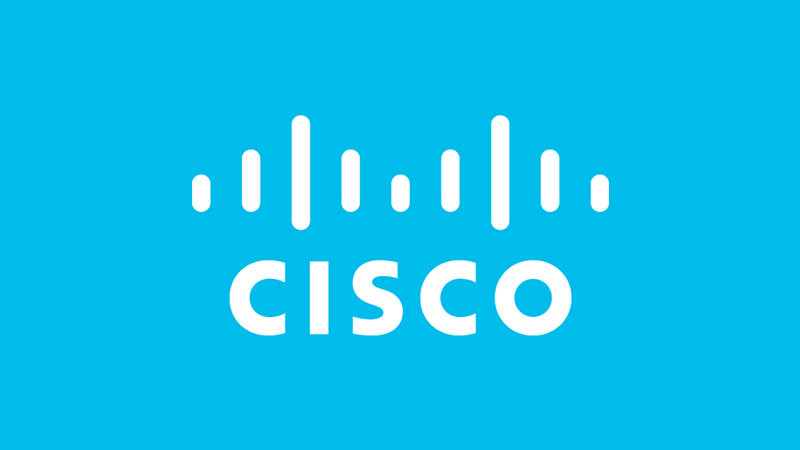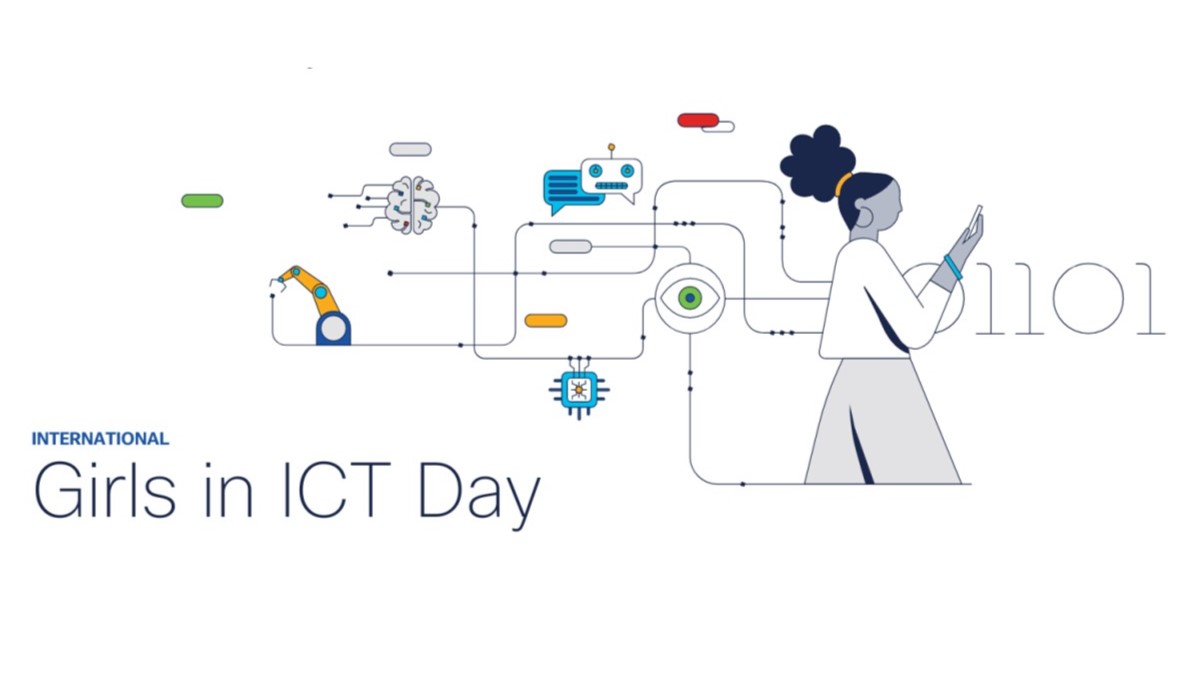News Summary:
- Cisco released the 2019 Digital Readiness Index measuring the digital readiness of 141 countries.
- This research will help Cisco partner with private and public sectors to bridge the digital divide and build a more inclusive future.
- Research shows that improvements in a country’s Basic Needs, Human Capital, and Technology Infrastructure have the biggest impact on their digital readiness.
SAN JOSE, Calif., January 15, 2020 – Today Cisco announced the release of its 2019 Global Digital Readiness Index, research measuring the digital readiness of 141 countries across seven components. This research helps us to uncover key insights and build our understanding of what it means for a country to be digitally ready and the positive impact the digital economy can provide. It also outlines possible opportunities to advance readiness.
“Technology has the potential to be the single greatest catalyst for economic and social progress,” said Tae Yoo, senior vice president of Corporate Affairs at Cisco. “In every corner of the world, digital technology is helping us become more connected to each other and the organizations upon which we rely. It opens markets, creates jobs, and better connects citizens and customers. Our hope is that through Cisco’s Global Digital Readiness Index, we can partner with private and public sectors to evaluate how investments in the basic underpinnings of a digital society can serve to raise the quality of life for all citizens around the world.”
Key Findings and Rankings:
- Of the top-10 largest economies in the world by total GDP, only the U.S. ranked in the top-10 for Digital Readiness at #3. However, readiness varies across the country which is also true for many countries.
- Singapore took the top ranking with strong performance in all seven components, including the top score in Human Capital and Business and Government Investment.
- Denmark, the Netherlands, Switzerland, Iceland, and Singapore are the top-five countries for Technology Infrastructure.
- The U.S., Canada, Luxembourg, Singapore, and the United Arab Emirates are the top-five countries for Technology Adoption.
- Japan, Singapore, Spain, Switzerland, and Iceland are the top-five countries for Basic Needs.
- Singapore, Iceland, New Zealand, Switzerland, and Kazakhstan are the top-five countries for Human Capital.
- Luxembourg ranked the highest in Europe at #2 overall, Israel ranked the highest in the Middle East at #21, and Botswana ranked the highest on mainland Africa at #76.
- Singapore ranked the highest in Southeast Asia at #1, South Korea ranked the highest in East Asia at #8, and Australia ranked the highest in Asia-Pacific at #12.
- The U.S. took the top ranking for North America at #3, Chile took the top spot for South America at #34, and Costa Rica took the top spot for Central America at #47.
It may be intuitive that technology infrastructure and adoption are strong indicators of a country’s digital readiness, but our research shows that technology alone is not the answer. Developing skills, ensuring basic human needs are met, creating a business friendly and start-up environment, and making private and public investments in innovation and technology will aid countries in their digital future. On these measures, there a is wide spread of how nations are ready.
- The strongest components of digital readiness include: “Basic Needs,” “Human Capital,” and “Technology Infrastructure.” In general, improvements in these three components will have the most impact overall on a country’s level of digital readiness.
- Human Capital is critical across every stage of digital readiness to build a workforce capable of utilizing and creating technology, and developing new skills in emerging fields.
- There is strong correlation between countries’ digital readiness scores and other performance indicators. For example, the higher a country’s digital readiness score, the higher its GDP per capita.
Three stages of digital readiness emerged based on the findings: Activate, the lowest stage of digital readiness; Accelerate, the middle stage; and Amplify, the highest stage of digital readiness.
The factors that impact a country’s digital readiness differ depending on which of the three stages it falls. For example, those countries in the Activate stage would primarily benefit from improvements in Basic Needs and Human Capital development.
The report showed that while countries in the Amplify stage lead in digital readiness, there is still plenty of room for advancement. These Amplify countries universally scored well for Basic Needs, including access to safe drinking water and electricity, and Ease of Doing Business, but they need to continue investing in these components to retain their position. However significant variation in terms of Business and Government Investment was identified, with many countries in a position to benefit from improvement in this area.
The report also showed that all countries could benefit from additional investment in Technology Infrastructure, such as access to broadband, secure internet servers, and more.
Cisco’s Global Digital Readiness Index is one of many projects driving our work to create a more inclusive digital world. This includes corporate social responsibility initiatives like the Cisco Networking Academy, which provides best-in-class training for students and professionals for the most in-demand IT jobs in networking, cybersecurity, and IoT. Cisco also provides grants and technical partnerships to nonprofits and non-governmental organizations (NGOs) focused on basic needs like reducing food insecurity, and increasing access to affordable housing, clean drinking water, and sanitation. Cisco has in-house programs that respond to natural disasters – improving the speed, efficiency, and effectiveness of humanitarian and disaster relief. Cisco also works through its Country Digital Acceleration (CDA) program to partner with national governments, industry and academia to deliver real digital outcomes faster and more effectively.
“At Cisco, we believe it is important to contribute research to help the continuing dialogue on technology’s future impact,” Yoo added. “We hope to serve in partnership to bridge the digital divide and foster a more inclusive future where all citizens can participate and thrive.”
Methodology
In its second iteration, the Global Digital Readiness Index uses a holistic model based on seven components to measure digital readiness: Basic Needs, Business and Government Investment, Ease of Doing Business, Human Capital, Start-up Environment, Technology Adoption, and Technology Infrastructure.
Each country’s score is based on standardized data points from reputable sources, such as World Economic Forum, World Bank, and the United Nations. These data points were then verified to ensure all components correlated to each other and a standardized index was created.
To learn more about the Global Digital Readiness Index and to view individual rankings on an interactive website, please visit https://www.cisco.com/c/en/us/about/csr/research-resources/digital-readiness.html.
Cisco (NASDAQ: CSCO) is the worldwide technology leader that has been making the Internet work since 1984. Our people, products, and partners help society securely connect and seize tomorrow’s digital opportunity today. Discover more at newsroom.cisco.com and follow us on Twitter at @Cisco.
###




